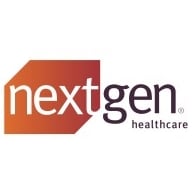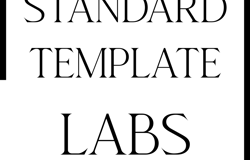The Role
The Technical Product Owner collaborates with product managers and engineering leads to deliver AI-based healthcare solutions, ensuring technical soundness, compliance, and operational standards through precise specifications and oversight.
Summary Generated by Built In
Job Description:
The Technical Product Owner will partner with product managers and engineering leads in delivering complex, AI-enabled and agent-based capabilities for our healthcare platform. This role emphasizes technical fluency, systems thinking, and execution oversight. The Technical Product Owner will ensure engineering teams have well-scoped, technically sound requirements and that delivery aligns with architecture, compliance, and operational standards.- Translate product requirements into technical specifications, workflows, and integration patterns.
- Partner with architects and engineers to design API strategies, orchestration flows, and data models.
- Own the technical backlog, ensuring stories include acceptance criteria and validation methods.
- Drive adoption of AI/agentic frameworks (e.g., LangChain, LangGraph) and guide technical feasibility analysis.
- Support release readiness by validating architecture, compliance, and deployment requirements.
- Collaborate with DevOps/MLOps to ensure CI/CD and monitoring standards are in place.
- Support AI readiness by aligning solutions with industry standards (FHIR, HL7) and providing input on analytics and data governance for clinical and practice management workflows.
- Act as the technical voice in cross-functional planning, ensuring scalability, security, and compliance are addressed early.
- Perform other duties that support the overall objective of the position.
- Bachelor's Degree in Engineering, Computer Science, Information Systems, Business, or related discipline.
- Or, any combination of education and experience which would provide the required qualifications for the position.
- 8+ years in technical program management, solution engineering, or product/engineering hybrid roles.
- Experience in hybrid engineering/product roles in the healthcare domain.
- Strong background in software or data engineering (Python, Node.js, .NET) with experience in UI development and API integration.
- Demonstrated experience with healthcare analytics, EHR data flows, and AI-driven applications.
- Experience working with cloud environments (AWS, Azure, or GCP) and infrastructure-as-code.
- Exposure to GenAI applications in healthcare (e.g., ambient clinical documentation, coding automation, patient engagement).
- Experience in clinical informatics, practice management systems, or EHR platforms is preferred.
- Or, any combination of education and experience which would provide the required equivalent qualifications for the position.
- Knowledge of: Familiarity with AI/ML integration, agentic orchestration frameworks (LangChain, LangGraph), and modern API design. Healthcare domain knowledge (FHIR, HL7, HIPAA compliance) is a plus.
- Skill in: Strong interpersonal and communication skills, with the ability to interface effectively with engineers, clinicians, and clients. Collaboration skills.
- Ability to: Proven ability to write clear technical documentation, specifications, and workflows.
NextGen Healthcare is an equal opportunity employer. We celebrate diversity and are committed to creating an inclusive environment for all employees.
Top Skills
.Net
AWS
Azure
Fhir
GCP
Hl7
Langchain
Langgraph
Node.js
Python
Am I A Good Fit?

Get Personalized Job Insights.
Our AI-powered fit analysis compares your resume with a job listing so you know if your skills & experience align.
Success! Refresh the page to see how your skills align with this role.
The Company
What We Do
NextGen Healthcare is on a relentless quest to improve the lives of those who practice medicine and those they care for. We provide tailored solutions to fit the precise needs of ambulatory practices, as they strive to reach the quadruple aim while navigating the journey of value-based care. The result? Healthier patients and happier providers.








